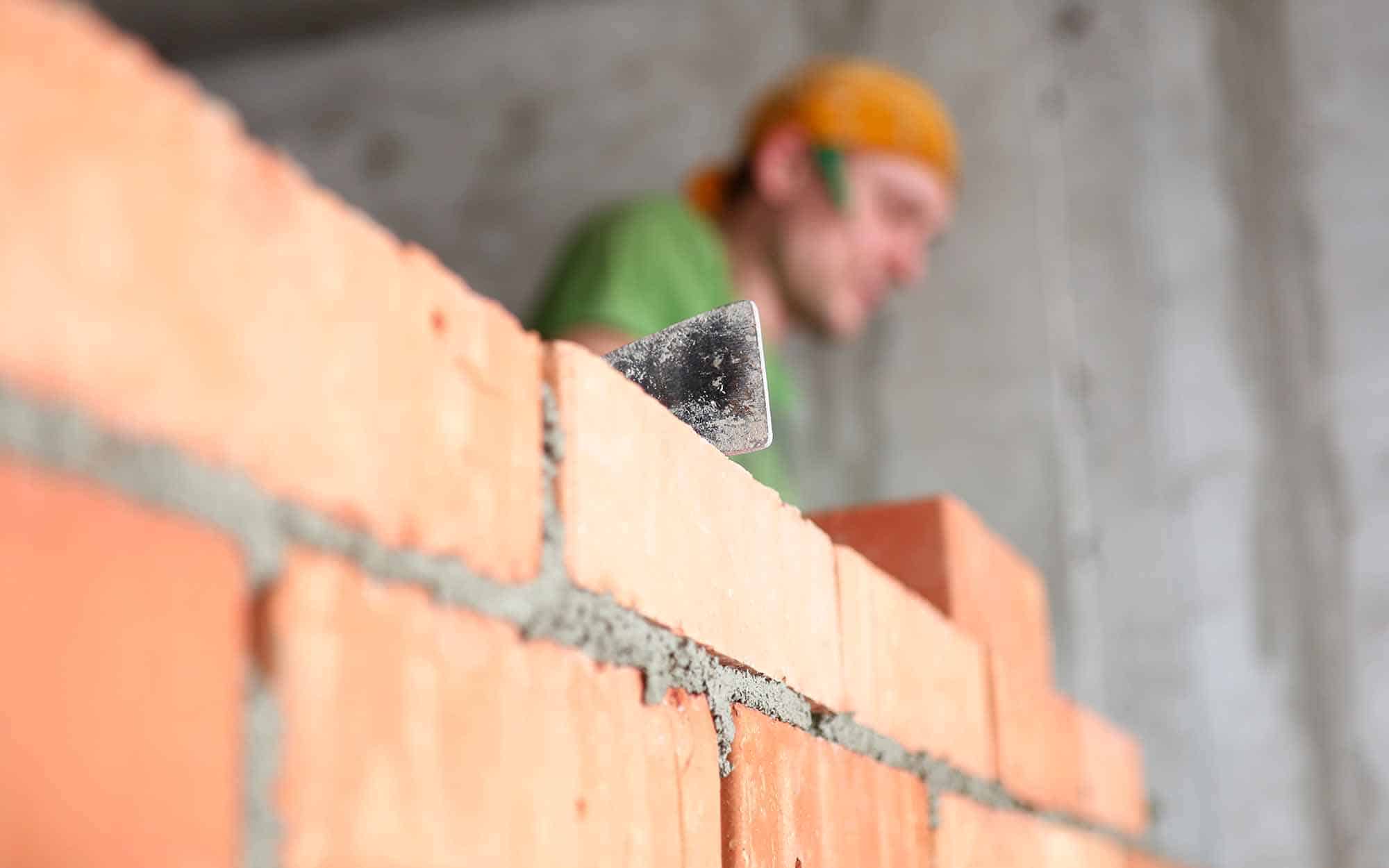Opening the Tricks of Sustainable Stonework Construction Practices for Eco-Friendly Buildings
In the realm of contemporary building and construction, the pursuit of lasting practices has ended up being critical. Amongst the myriad methods to green building, sustainable masonry building stands out as a tried and true and sturdy method that holds a riches of untapped capacity. From the option of materials to ingenious building methods, the tricks to accomplishing sustainability within masonry construction are diverse and interesting. By checking out the benefits, materials, techniques, and future fads of lasting stonework, a deeper understanding of exactly how these methods can form the future of environment-friendly buildings emerges.
Benefits of Lasting Stonework Construction
Embracing lasting stonework construction practices not just lowers environmental effect yet also uses lasting economic benefits to builders and neighborhoods. By using materials like recycled bricks, obstructs, and rocks, builders can substantially lower the carbon impact of their tasks while promoting source effectiveness. In addition, sustainable stonework building methods, such as appropriate insulation and thermal mass properties, can improve energy efficiency within buildings, causing decreased functional costs with time.
Additionally, the sturdiness and strength of masonry frameworks add to long-term economic advantages. Buildings created making use of sustainable masonry methods frequently call for less upkeep and repair work, converting to cost savings for contractors and residential property owners. The longevity of masonry products additionally ensures that structures remain steady and secure, minimizing the demand for regular remodellings or replacements.
Eco-Friendly Masonry Materials
Utilizing environment-friendly stonework materials is a pivotal step towards enhancing the sustainability of construction practices and lessening environmental impact while taking full advantage of lasting financial benefits. Sustainable masonry materials are sourced, created, and made use of in a way that decreases overall environmental impact. Sustainable concrete obstructs integrate recycled accumulations and may feature improved insulation homes, adding to power efficiency in structures.
Additionally, all-natural materials like adobe, rammed planet, and straw bales provide superb thermal mass buildings, minimizing the demand for heating and cooling down energy. These materials are frequently in your area readily available, promoting local economies and lowering transportation-related carbon exhausts. By choosing eco-friendly masonry products, building and construction jobs can dramatically minimize their ecological footprint and add to the development of healthier, more lasting built environments.
Energy-Efficient Masonry Techniques
Energy performance plays a crucial role in boosting the sustainability of stonework building practices. By implementing energy-efficient masonry methods, contractors can dramatically minimize the overall power consumption of a building, bring about lower operational expenses and a smaller sized ecological footprint. One vital energy-efficient stonework method is the use of thermal mass, which includes incorporating thick materials like concrete or block into the structure's structure to take in and keep warmth. This helps regulate indoor temperatures, reducing the need for mechanical heating and cooling down systems.

Advancements in Lasting Stonework
Current advancements in sustainable masonry methods have actually caused cutting-edge techniques that are reshaping the building sector. One such technology is the advancement of self-healing concrete, which makes use of bacteria installed within the concrete to heal fractures autonomously. This innovation not just minimizes maintenance costs yet additionally enhances the toughness of stonework frameworks, adding to their sustainability.
One more significant technology is making use of recycled accumulations in stonework building and construction - masonry contractor. By including materials such as crushed ceramic waste or recycled glass into concrete mixes, building contractors can lower the ecological influence of building and construction tasks while preserving structural integrity. This practice not only draws away waste from garbage dumps however additionally preserves all-natural sources, making it a crucial improvement in sustainable stonework building
Additionally, the integration of electronic design devices, such as Building Details Modeling (BIM), is changing the method masonry frameworks are planned and created. BIM enables more accurate calculations, reduced product wastage, and improved power performance, eventually link resulting in even more lasting structure techniques. These advancements jointly symbolize an appealing future for sustainable stonework building in the age of eco-friendly structures.
Future Trends in Stonework Sustainability
With the cutting-edge strides made in sustainable stonework techniques, the future trends in masonry sustainability are positioned to more revolutionize the building market. Among the key patterns forming the future of stonework sustainability is the raised integration of innovation. Innovations such as Structure Information Modeling (BIM) and virtual truth simulations are being made use of to maximize masonry construction processes, causing lowered material waste and enhanced power performance in buildings.
Additionally, the advancement of unique lasting materials is set to play a substantial role in improving the eco-friendliness of masonry building and construction. masonry contractor. Innovations like self-healing concrete, recycled accumulations, and bio-based binders are obtaining traction for their capability to decrease ecological impact while preserving structural stability

Final Thought
To conclude, lasting stonework building and construction practices supply many benefits for environmentally friendly buildings. By utilizing green materials and energy-efficient methods, masonry can add to a much more sustainable built environment. Innovations in lasting this link stonework are continuously being developed to better improve the environmental efficiency of structures. Looking in the direction of the future, the pattern of masonry sustainability is expected to grow, bring about even more ecologically friendly and energy-efficient official website building and construction techniques in the years to come.